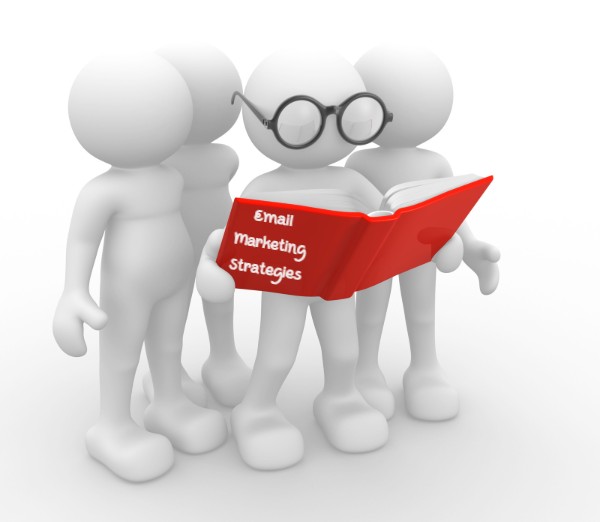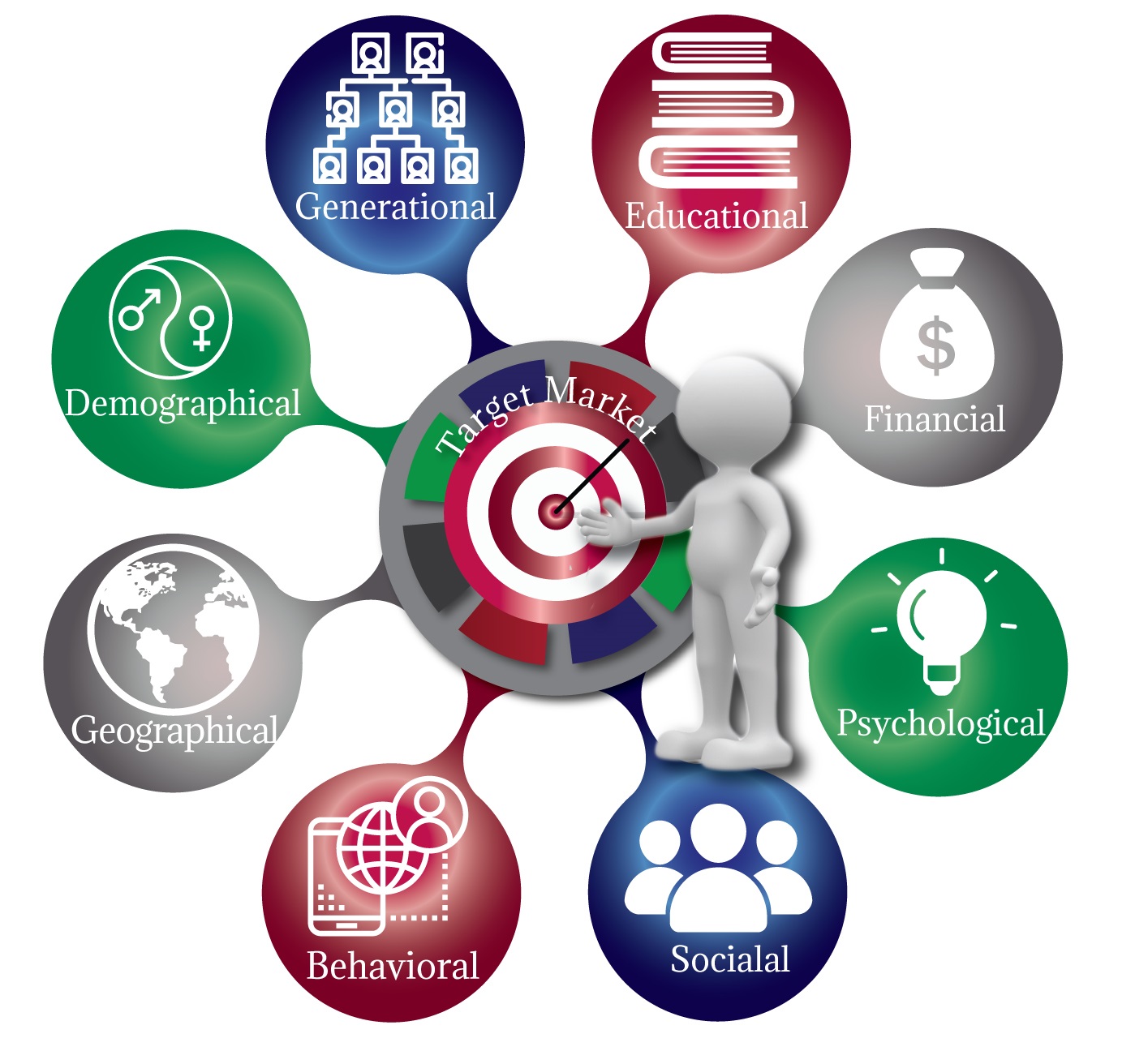If you could speak directly to your ideal customer, what would you say?
The answer to this question will vary, depending on your business, your customer base, and what you want to convey.
But one thing remains universal.
Targeted email marketing campaigns have proven to be one of the most effective methods to reach your target market – when they are developed correctly!
You need a strategy to maximize your targeted email campaign’s success. This article provides best practices to help you determine:


The Case for Email Marketing Campaigns
Have you ever wondered why so many companies place so much value on obtaining your email address, just so they can add to the growing number of messages already hitting everybody’s inbox?
The answer is simple.
 Because someone, somewhere, is responding to them.
Because someone, somewhere, is responding to them.
Think about it.
Why would so many companies – major corporations with plenty of marketing resources – invest time and money in email marketing if it didn’t work?
Now consider this.
Even if you claim not to want so many email messages.
That you regularly hit delete without opening them.
And you think these messages are a waste of time.

Every single time you interact with their messages you are voluntarily engaging with the company that sent them.

Companies Want Customers – NOT Hostages
The fact is, we all control how many companies can send us email messages.
Sure, commercial email lists are a thing. There are people you don’t know who feel they have the right to buy and sell your contact information.
Opening your door to other people you don’t know – and who don’t know you – so they can harass you to buy things you neither want nor need.
But how does that make you feel? Are you ready to do business with these people?
Of course not!
Which is why reputable companies don’t go that route. It’s also why all those ads for male enhancement drugs end up in everyone’s spam.
Most of the time, you voluntarily receive emails from companies because you have:
- Agreed to receive notifications after making a purchase
- Joined a loyalty program, exchanging your contact information for future discounts
- Provided your name and email address to download something on the web
And even after you opened that door, you decided to leave it unlocked.
Legitimate email lists always have an unsubscribe option. Which means if you really don’t want to hear from a company you can opt-out at any time. Or simply redirect them to spam.
When you choose to do neither of those things, you are choosing to give companies an opportunity to gain your attention.
Don’t you want your customer’s attention?
Effective targeted email marketing campaigns allow you to reach consumers interested in your products or services. Often for no more than pennies per contact.
There’s a Difference Between Marketing and Advertising
Targeted email campaigns are different from traditional ads. The purpose isn’t to throw your message out as far as possible to see where it might stick. Your goal is to draw a receptive customer in. Think of your content as breadcrumbs of information your audience can willingly follow to your product or service.
WHO are you talking to?
Receiving a message that clearly has nothing to do with you is a real turn-off. Like taking the time to answer the phone only to find the caller has the wrong number.
On the flip side, how great does it feel to have someone unexpectedly reach out and enhance your day? When they address you by name and identify a solution to an issue you care about or offer an opportunity you are excited about, the contact doesn’t feel like an intrusion. It’s more like reconnecting with an old friend.
Don’t be the robo-caller in your readers’ inbox!
Making sure you are sending the right message to the right person is the first step in creating a successful email campaign.
Targeted outreach has been proven to be most effective. Before creating your email campaign, it’s worth taking the time to segment your email list.
Assigning categories based on relevant distinctions can help you fine-tune your messages.
Know Your Customer!
Let me show you an easy exercise to build a professional Consumer Persona for your company.
Targeted marketing. Customizing the headline, approach, tone and delivery of your email based on relevant knowledge of who your audience is and what they need and responds to.
Segmentation process
Step 1: Identify relevant demographic differences
Many people use demographics like age range, gender or geographical location to segment their customer base. This is because personal experience and many cultural studies have shown that:
- Men and women don’t always experience the world in the same way
- A 55-year-old may care deeply about issues that don’t mean a thing to a 25-year old
- What’s no big whoop in New York may be unheard of in Biloxi
Of course, it’s important not to stereotype. You can’t know what people think or feel just by looking at them. But it’s generally accepted that what you look like and where/how you were raised impacts the way you experience life. Which impacts your beliefs, values and buying decisions.
There is no way you can know all your potential customers on a deeply personal level. You must play the odds. And since many email services offer basic demographic filters as part of their dashboards, it’s a simple way to begin the segmentation process.
Step 2: Bootstrap the corporate approach
These 4 basic segmentation models are often used by Marketers:
- Demographic – who are the buyers?
- Geographic – where are the buyers located?
- Psychographic – how do the buyers feel?
- Behavioral – what do the buyers do?
Don’t have access to market research? You can:
Ask. Use opt-in forms on targeted landing pages to gather relevant information.
Relevance is key. Too many questions might turn potential leads away. Too few might make the mailing list much less effective for targeted email marketing.
Before designing the opt-in form, take a moment to decide what information you need to meet your marketing goals.
Observe. Unless your business is 100% virtual, you probably have occasions to interact with your client base. At least enough to get a feel for the basics.
Are your customers primarily:
- Male or female
- Millennials, Gen Xers, Boomers
- Homeowners or renters
What is their:
- Average educational levels
- Average income ranges
- General point of view/temperament
Documenting concrete demographics as well as relevant general perceptions about your clients’ values, beliefs and demeanors can do more than just help your segmentation efforts. This data can help you decide on the most effective tone and content for your email messages.

Don't Get Overwhelmed!
Despite all the unique qualities your clients possess, most people want the same basic things. To be heard, acknowledged, and respected.
Use your technology. Just by choosing an email hosting platform, you gained access to cutting-edge technology.
Use the (usually free) analytic reports to observe your clients’ online behavior. Most hosting platforms allow you to track what customers click on, open, interact with and buy. The same information that goes into behavioral marketing reports.
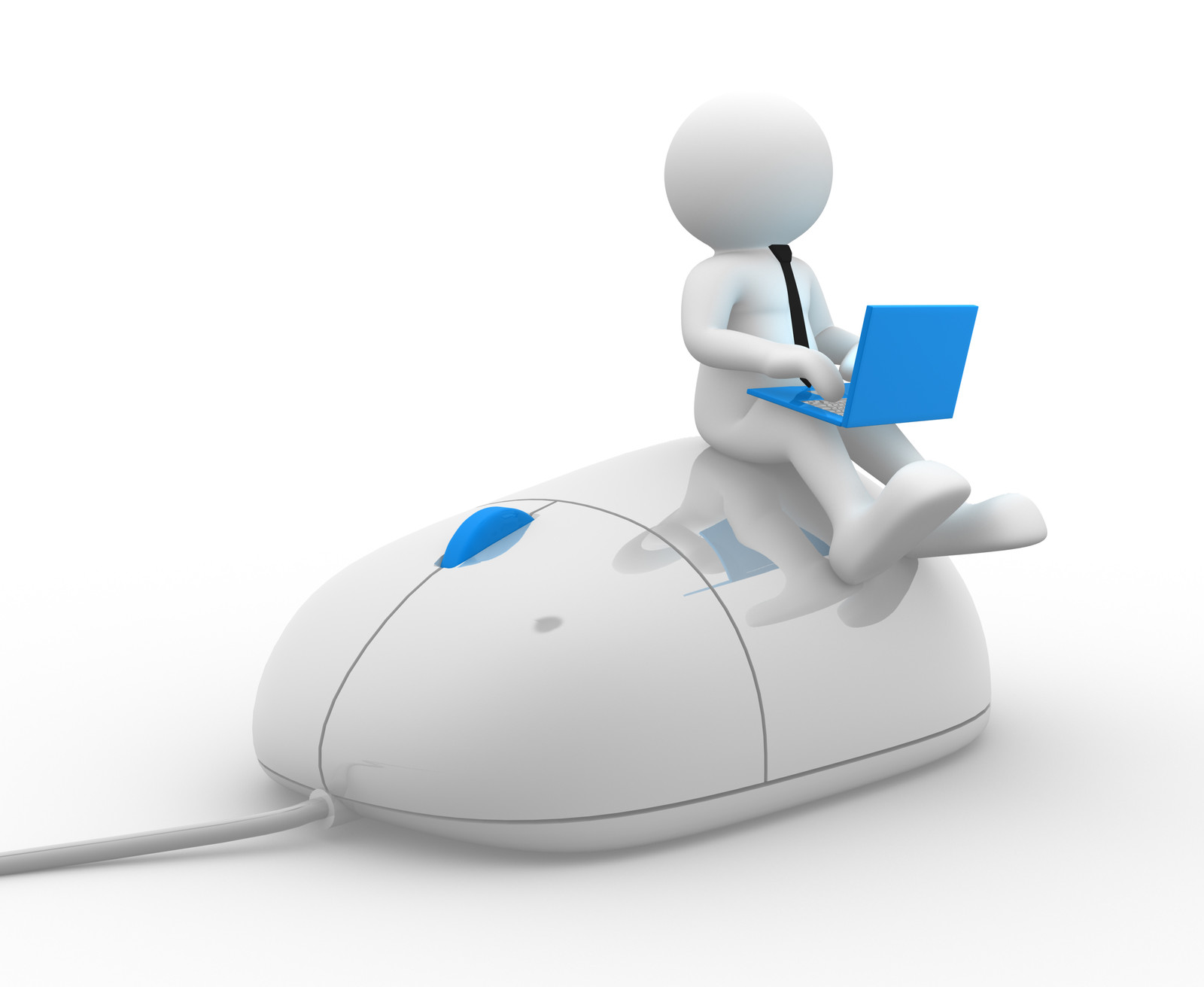

Listen. If you have established a way to communicate with your readers, do so. Occasional short surveys or polls using social media or email solicitations can yield valuable information.
Done correctly, this should strike your readers as an opportunity to be heard, not a service they are providing for you.
WHAT Are You Trying to Say?
Once you determine WHO you are talking to, the next step is to figure out WHAT you want to say.
At this point, it’s not time to worry about the actual words – or HOW you plan to put it. This is about your goal in sending the communication – what you want the readers to hear, feel, and do.

If you take the time to create a well-planned email marketing campaign, the marketing goals you choose will answer this question for you.
The important thing to keep in mind is that no matter the goal, your message needs to ultimately:
Identify and resolve a relevant problem or concern
OR
Present and provide a compelling opportunity
AND
Include a clear and persuasive directive or call to action
The goal of email marketing is to develop a relevant, value-added relationship with your readers.
NOT to do a constant hard sell.
With your marketing goal in mind, consider what your readers want/need to hear more than what you want/need to tell them.
Use the following considerations when defining a goal for your message

Look at your message from the readers’ perspective. To make sure you maintain focus on the reader, try the following:
- Write your message, emphasizing key details on core values and benefits
- Imagine you are the ideal customer and read your message from their POV
- When you reach a key point, ask yourself ‘So why would I care about that?’
- If the answer to that question isn’t clear in the message, rewrite it until it is
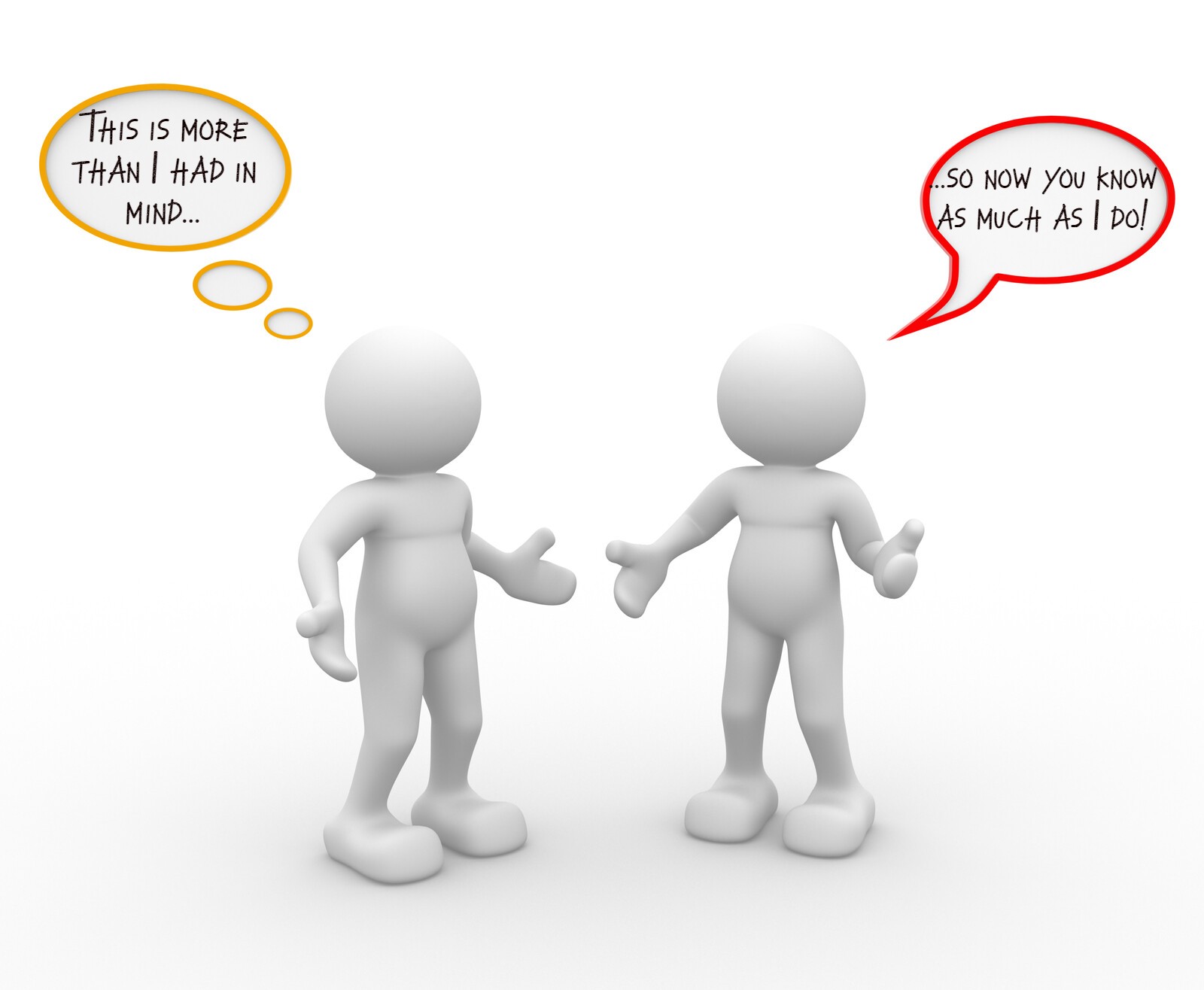
Provide just enough text to get your message across. You can certainly use the body of the email itself to deliver a message, make a sale, or direct readers to your website. But remember – just like you, your readers are busy. They get a lot of email messages.
If you get them to open yours and they see a wall of text, they may hit delete without reading it.
In fact, according to HubSpot:
- Emails between 50 and 125 words had a response rate above 50%
- Emails with approximately 20 lines of text, or about 200 words, had the highest click-through rates
If you need to say more, use the email message to guide readers to your:
Newsletters. Studies show a high percentage of readers who subscribe to newsletters take the time to read them. Especially when the content consistently offers relevant and actionable information or discount offers.
Blog posts. Blogs are vital to content marketing. They allow you to strengthen your relationship with your customers by sharing relevant information/resources.
They also redirect them to your website. Where an effective landing page or embedded links can influence them to further engage by liking your social media posts or discovering discounts on merchandise/services.
Backlinks. It’s perfectly permissible to post links to content on websites you think will interest your readers.
In fact, it’s desirable – backlinks are one of the factors Google considers when it ranks websites. If you decide to share a site’s content with your mailing list, let the site owner know. You might establish a relationship with an industry influencer, and they may return the favor someday.
Protect Your Brand
Everything printed in your company’s name impacts how your customers view you.
No matter what kind of message you send, follow these basic email best practices:
Be honest and consistent. Building brand awareness and trust is part of every client interaction and actions speak louder than words
- When sharing information about your company, be straight – don’t exaggerate.
- If you promise to do something by a certain time, do it – don’t procrastinate.
- When you want to say something keep it conversational – don’t pontificate.
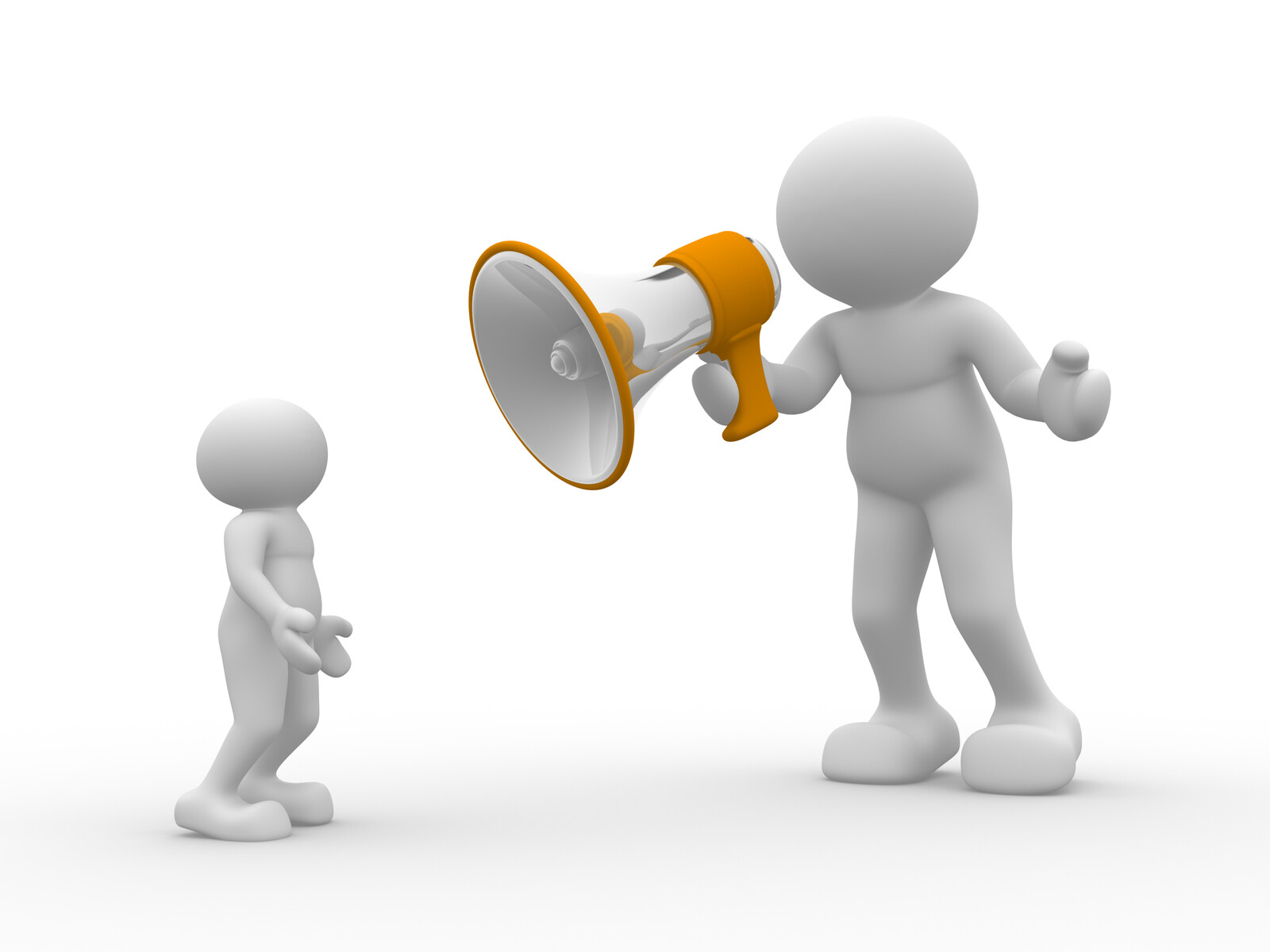
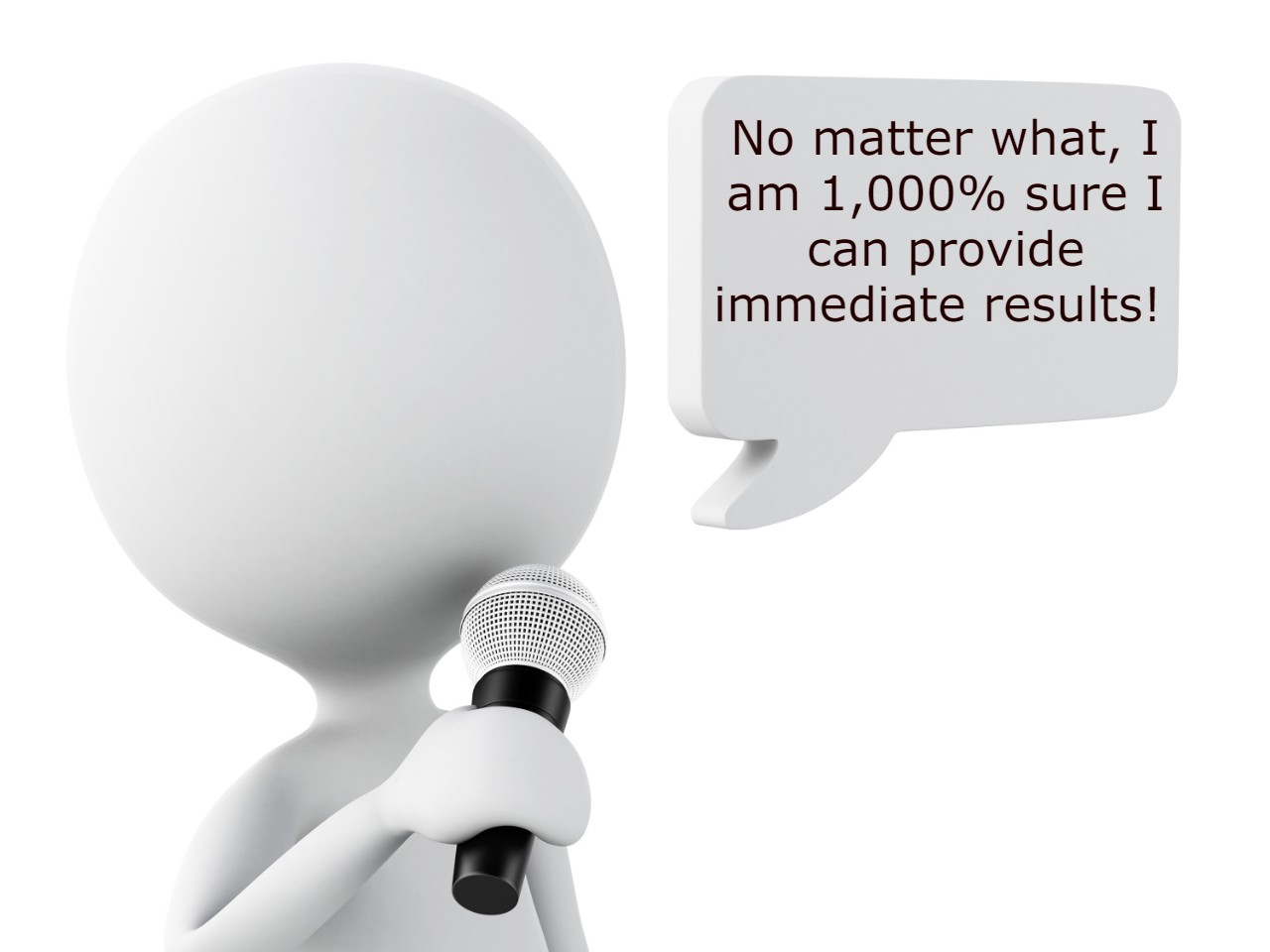
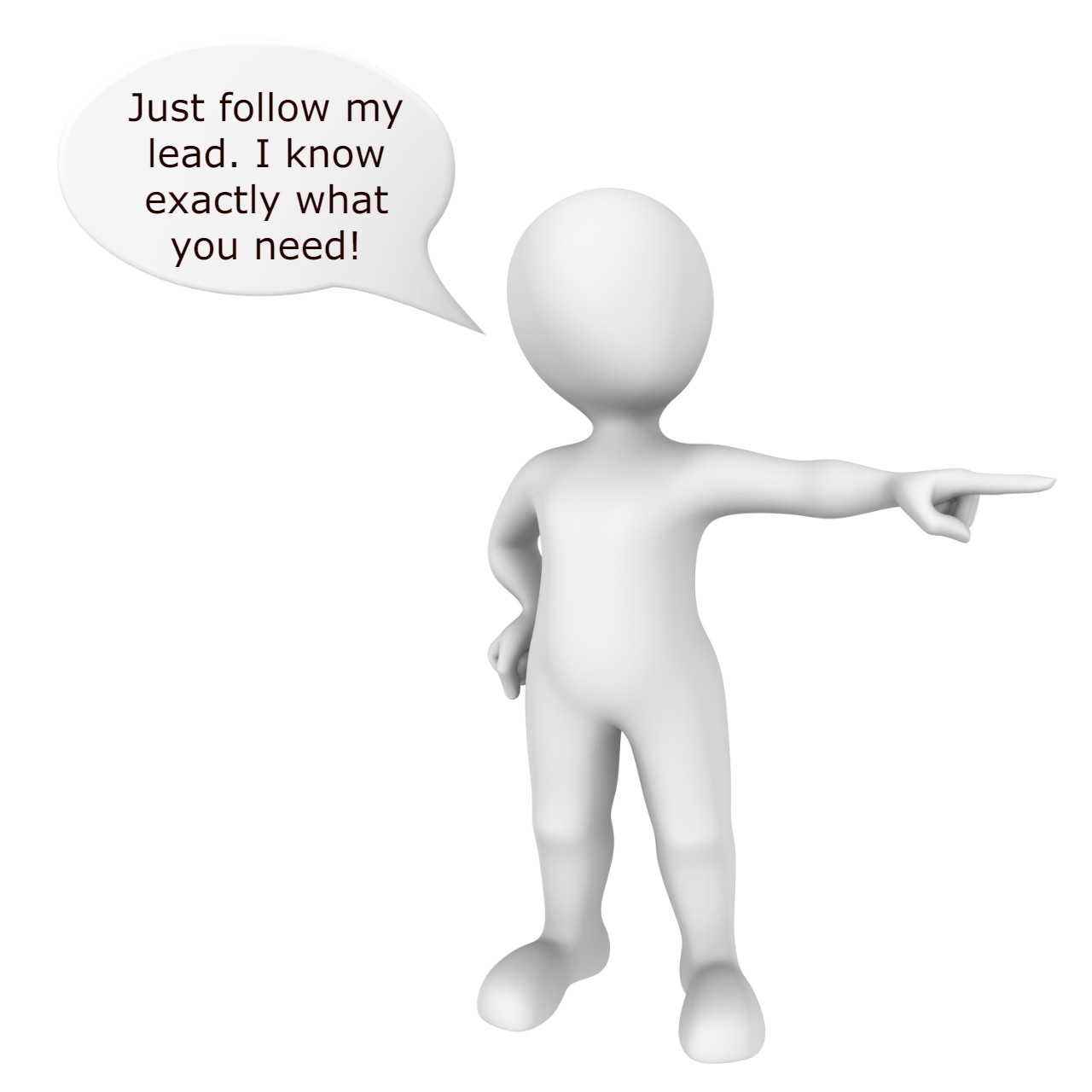
6 Common Email Types
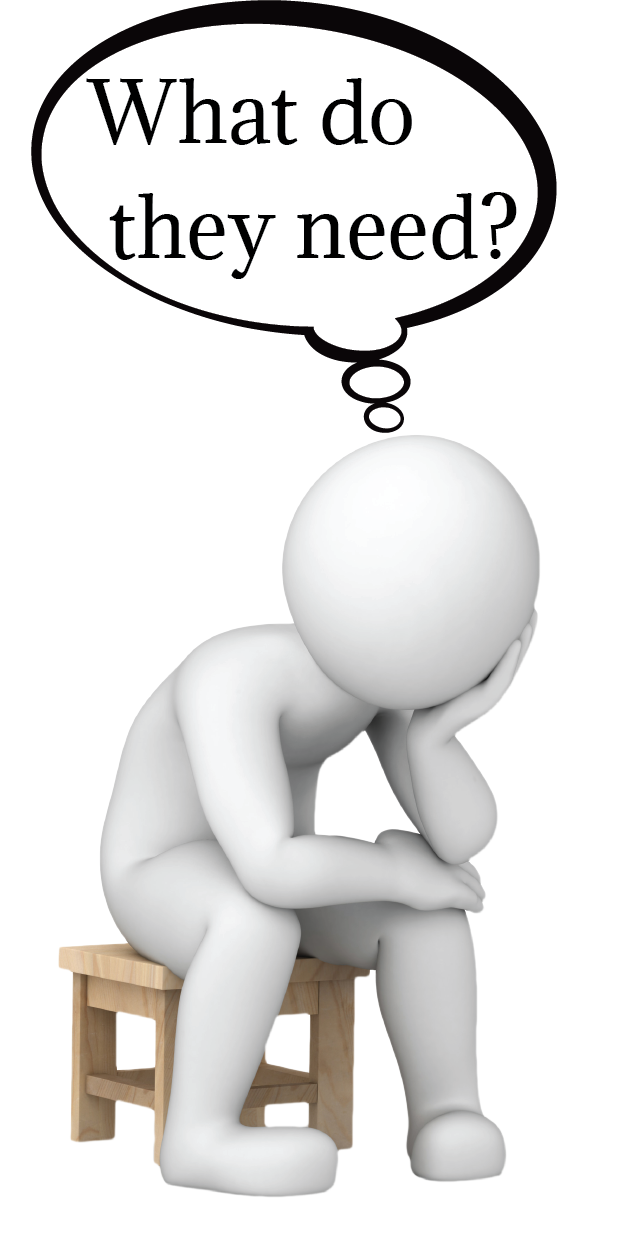
Customer Service Emails
Personalized emails can make it easier and more pleasant for your customers to do business with your company.
Examples include:
- Welcoming emails to thank them for registering for a product or service
- Thank you emails to acknowledge a new customer or purchase
- Informational emails to explain how a process or service works
- Resolution emails to address any requests or concerns the customer may have
Brand Awareness Emails
Brand awareness emails provide a cost-effective opportunity to promote your brand to a relevant audience. Targeted email campaigns make it possible to establish yourself as a company your customers know, like and trust by sharing messages that are more personalized than traditional ads.
Examples include:
- Introductory emails to make your products/services known to your target audience
- Community involvement emails to showcase your business’s local presence and contributions
- New products or services email to spread the word about new offerings or opportunities
Sale Conversion Emails
Used correctly, targeted emails are very cost-effective methods to generate sales. While content marketing techniques emphasize relationship-building to earn consumer trust and loyalty, the end goal is always increased engagement and revenue.
Examples include:
- Upsell and Cross-Sell emails that persuade customers to purchase related/additional goods and services
- Customer testimonials designed to increase your brand’s social capital
- Sale promotions offering discounted prices on goods and services
Information Sharing Emails
Sometimes you need to communicate something to as many customers as possible. Informational emails can help. Not only is it easier and more cost-effective than traditional mailings, but you will be able to track how many of your messages were opened by the intended recipient.
Examples include:
- Changes to your privacy policy
- New laws or regulations that impact how you do business
- New company developments that impact your customers’ ability to do business with you (relocation, office hour changes, discontinued merchandise/service, etc.)
New Development Emails
Targeted emails are an excellent method to let your customers know what’s been going on. You can share the news about new products and services while telling customers exactly what’s in it for them.
Examples include:
- Announcing Social Media platforms and asking customers to join
- Introducing new/improved product offerings or services
- Drum up participation for an event or promotion
Re-Engagement Emails
Noticed any customers who have stopped responding to your email marketing efforts?? A quick check-in could prompt them to re-engage.
Examples include:
- A courtesy reminder that the reader can specify how many messages they receive
- Special offers for loyal customers who haven’t made a purchase recently
- Test email to make sure the email address is still active/valid
WHERE Should You Host Your Email Campaigns?
Effective email marketing allows you to provide your customers with ideas and opportunities that enhance their lives.
But it is not a quick, one-size-fits-all approach. It requires you to invest time and resources into initiating and nurturing this connection over time.
Technology plays a big part in making this effort possible. So, the email marketing platform you choose to support your campaigns is important.
When researching which email service is right for you, ask yourself:
But it is not a quick, one-size-fits-all approach. It requires you to invest time and resources into initiating and nurturing this connection over time.
Technology plays a big part in making this effort possible. So, the email marketing platform you choose to support your campaigns is important.
When researching which email service is right for you, ask yourself:
Is the platform cost-effective and appropriate for my needs?
The good news about a competitive market is that it creates healthy competition for your business.

It's about genuine connections
People prefer to do business with companies they know, like and trust. Successful email campaigns help build a mutually beneficial relationship with your customers.
There are many reputable email hosting sites available. Offering a wide range of technological options and approaches. At price points that range from free to thousands of dollars per month.
For example, the basic package offered by MailChimp might meet your needs. This popular service is reliable, user-friendly, and free if your mailing list has fewer than 2000 subscribers. And the support features and benefits are probably all you need to get started. Click here for more information.
Does the platform offer resources to help me plan a professional, effective email campaign?
Technology allows you to easily vary and personalize your messages. Providing you with quite a few options to reach out to your customers.
What it doesn’t provide is extra time for you to research, learn, and execute the various marketing techniques required to produce some of these great ideas.
The time you spend upfront researching different email hosting services should be worth the investment. Your goal is to find the right combination of services and resources to help you create time- and cost-effective email campaigns for your unique customer base.
Does the platform support multiple viewing options?
Where do you normally look at your email messages?
If you are like most people, you probably check them on your phone. Ok, maybe a tablet.
The point is, more and more emails are read on portable devices, not full-sized PCs. Which means your headlines, graphics, bullet points, and emojis will lose their intended appeal if the message isn’t scalable for multiple viewing platforms.
Virtually all the email hosting platforms accommodate this need. You should be able to view your messages in all three formats before you publish them.
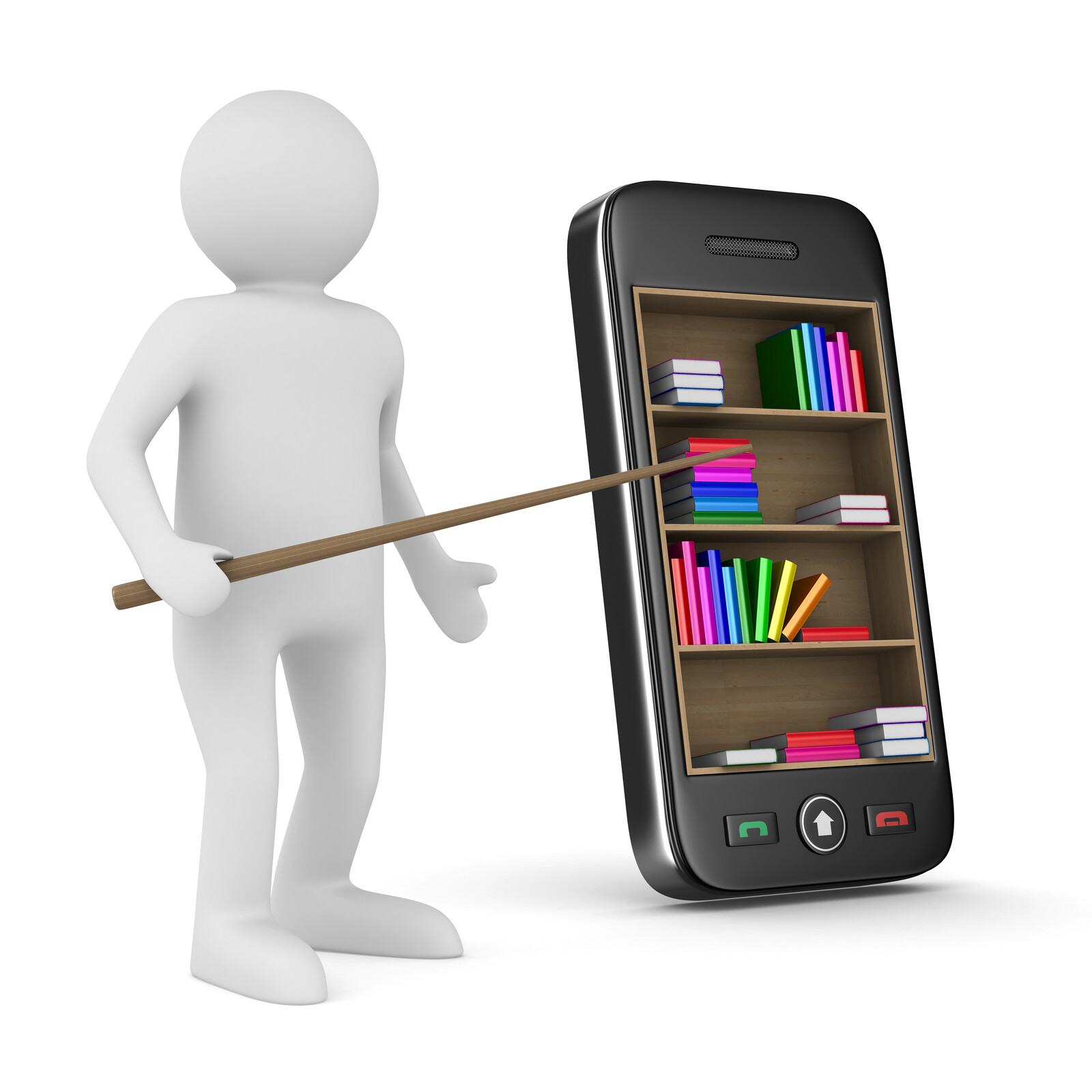
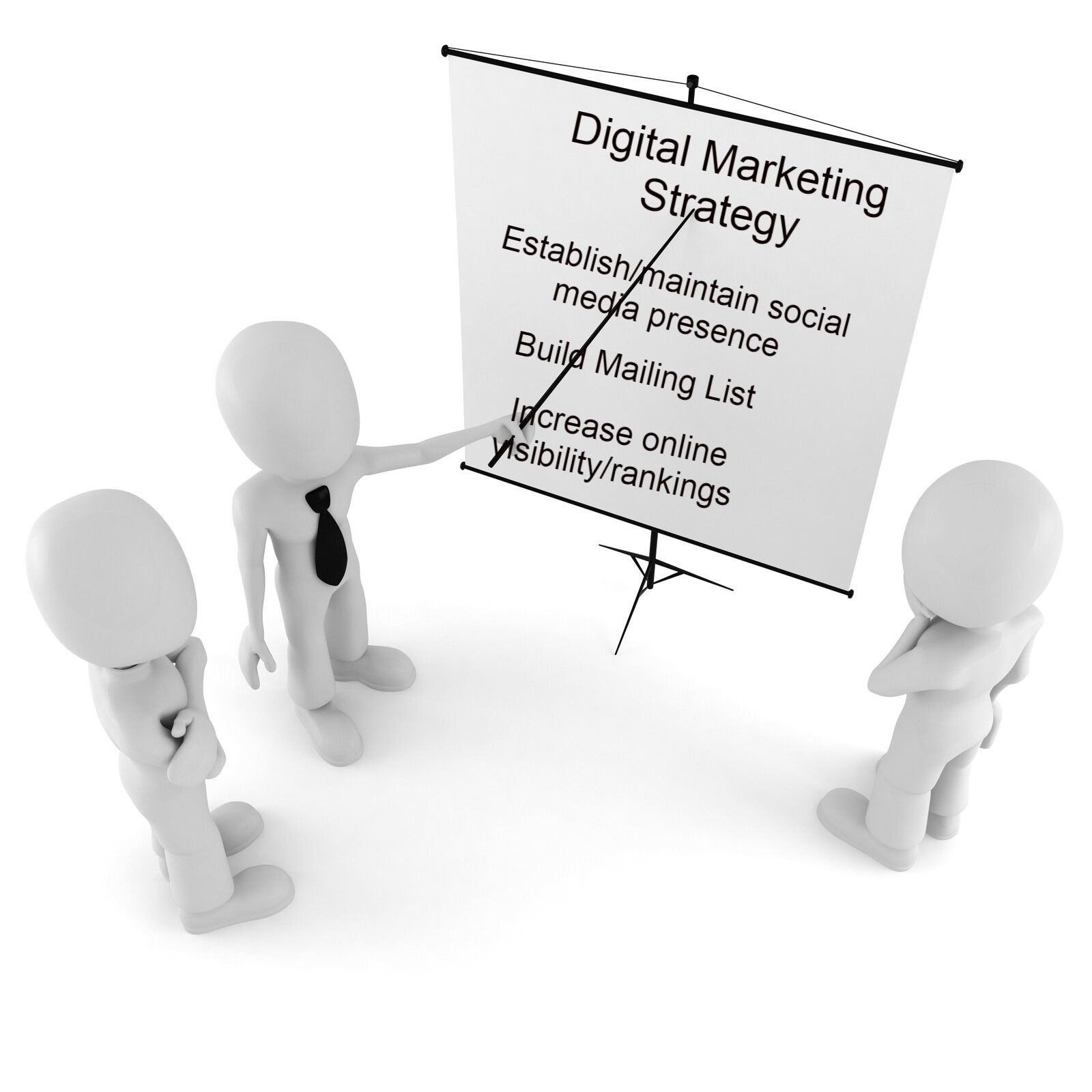
Is the platform compatible with my overall marketing strategy?
Effective emails always contain a call to action. And what you are generally trying to do is influence your readers to further engage with your content.
Your email platform MUST be compatible with your website, social media platforms, and e-commerce sites.
Do your due diligence. Websites for email hosting platforms typically detail how they interact with other sites in their features and benefits sections.
Does the platform offer resources to help me plan a professional, effective email campaign?
Technology allows you to easily vary and personalize your messages. Providing you with quite a few options to reach out to your customers.
What it doesn’t provide is extra time for you to research, learn, and execute the various marketing techniques required to produce some of these great ideas.
The time you spend upfront researching different email hosting services should be worth the investment. Your goal is to find the right combination of services and resources to help you create time- and cost-effective email campaigns.
You want your email hosting site to help you:
- create highly engaging emails
- manage your contacts
- appropriately segment subscribers
- track performance
- keep your messages from becoming spam
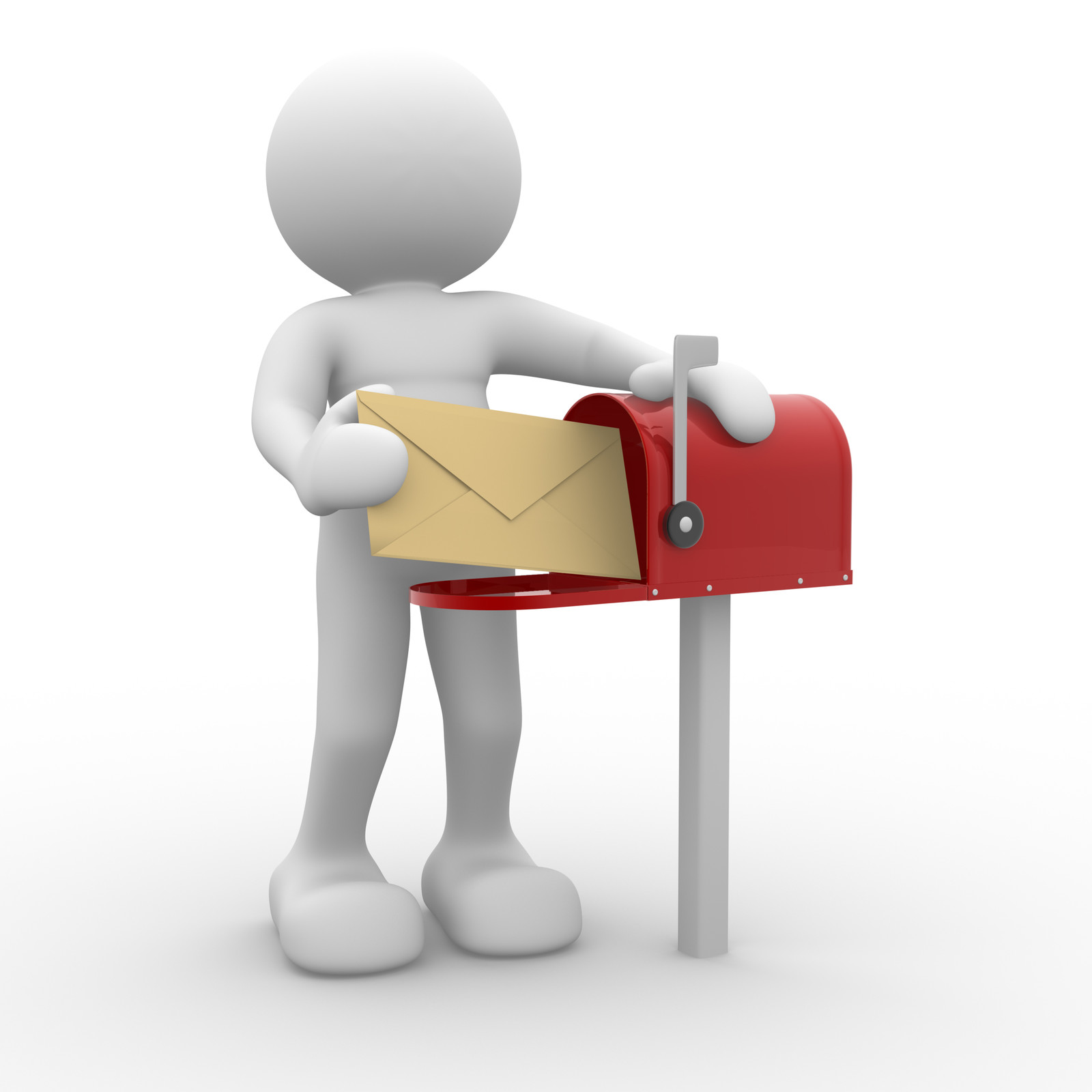
Do Your Due Diligence
All email hosting sites address these requirements in one way or the other. Once you’ve decided what you need to support your email campaign you can do a comparison of what each has to offer to find the best fit for you.
If you’re not sure where to start, this video will introduce you to 10 email hosting services.
Please note: This is for informational purposes only. ThatIsWhaatIDo.com is not an affiliate marketer and does not endorse any particular product.
WHEN should you reach out to your customers?
This question has two important elements:
- Time of day/day of the week
- How many times a day/week/month/quarter/year etc.
And if you have ever done an internet search on the subject, you know there are a multitude of answers to this basic question.
Part of the reason for that is because it is such a primal concern.
The most clever and compelling headline.
The most eye-catching, brilliant graphics.
The most useful and thought-provoking content.
The biggest and best discount ever.
None of it means a thing if your customers are too overwhelmed to see what you are trying to say!

The other reason is that the real answer to this very vital question is so objective it’s completely unhelpful.
It just depends.
On the customer…On the industry…On your content…On your unique mailing list.
Of course, when you make your living sending email campaigns, ‘it depends’ is not an acceptable answer. The email hosting services and professional digital marketers who make their living from this have too much at stake. The first one who can definitively answer this question – and reliably use that information to generate sales – will have a HUGE advantage.
So, they invest time and money studying literally BILLIONS of emails. Analyzing which messages get opened when. What day? What time of day? What type of consumer? What were the results?
The following statistics came from a compilation of 14 of these types of studies. The original reports were published by email and website hosting platforms and industry influencers with large email lists.
Best day of the week
The number 1 best day of the week to have your email opened is Tuesday; followed by Thursday.
Some studies show higher open rates on the weekend, but it’s suggested that the results are skewed because fewer emails are sent on weekends.
Unsurprisingly, nobody wants to hear from you on Monday.
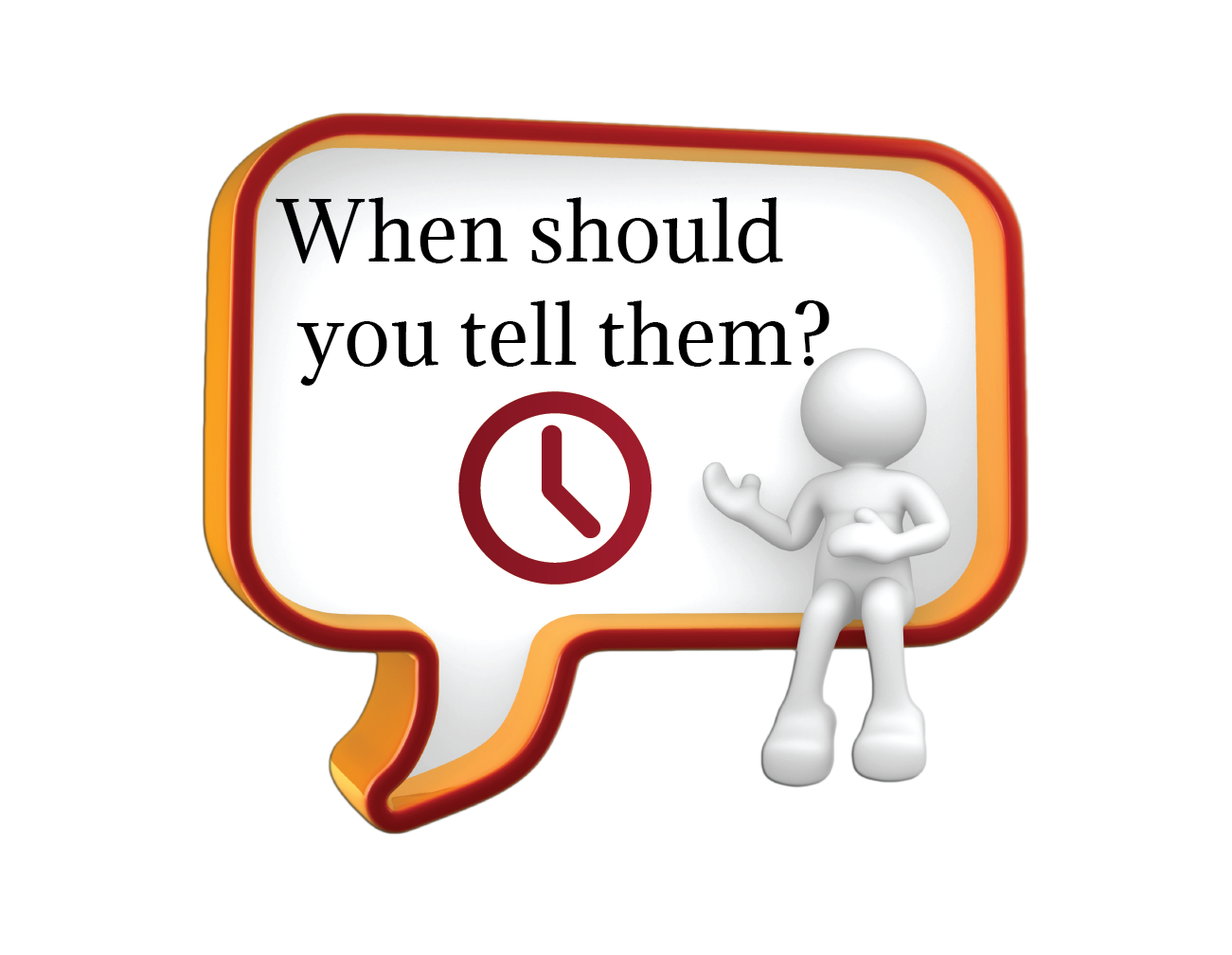
Best time of day
The number 1 best time of day for email open rates was 10:00 a.m.; followed by 2:00 p.m.
Maybe think of it as reaching out to people after they’ve gotten settled in for the day and have time to read your message. Then again right when they are beginning to feel the mid-day slump and turn to email messages for a distraction.
There was also a common spike around midnight and 6:00 a.m. So, you may have some luck reaching the night owls and early birds with a nighttime delivery.
Optimal number of messages
Once again, there is no one proven answer.
There are, however, proven best practices to keep in mind.
Don’t presume. Much like you wouldn’t appreciate someone barging into your livingroom, most consumers don’t react well to receiving unsolicited emails. You are trying to strengthen relationships with your actual consumer base – take the time to build your mailing list organically rather than purchasing mailing lists or sending cold emails to random strangers.
Consistency is key. Once they opt-in, consumers come to expect your communications on a regular basis. If you say you are going to send messages on a set day, time or frequency, you need to honor that commitment.
Don’t take hostages. Just like your readers chose to receive your messages, it’s important to give them an easy way to change their minds. This does not always mean they will unsubscribe altogether. To retain subscribers who have hit the Unsubscribe link, offer them the option to choose how often they want to be contacted.
Along with these best practices, Entrepreneur magazine reports that the Direct Marketing Association’s National Client Email report found:
- 35% of marketers send two to three emails a month
- 9% of marketers send six to eight emails a month
- 19% send just one email a month.
Even with industry research and professional marketers’ best practices, the answer remains the same.
When it comes to when and how often you should reach out to your readers, it depends.
And the only way to find a more concrete answer is to use your best judgment and test your results.
Depending on the package you chose on your email hosting platform, you may be able to test out a few email ideas using A/B testing.
And since you have access to reports that can analyze when and how often your emails are being opened, you can bootstrap a simple test to determine the best time/day for you to connect with your unique mailing list.
Click here for a Customer Engagement Template to help you get started.
WHY Would Anyone Open Your Email?
So, you’ve decided to take advantage of the email campaign?
Excellent choice! Studies show that sending targeted email messages to customers who have opted-in averages 30 times return on investment (ROI).
However, studies also estimate that, worldwide, 281 billion consumer and business emails are sent every day. Which comes to an average of 88 daily emails per person.
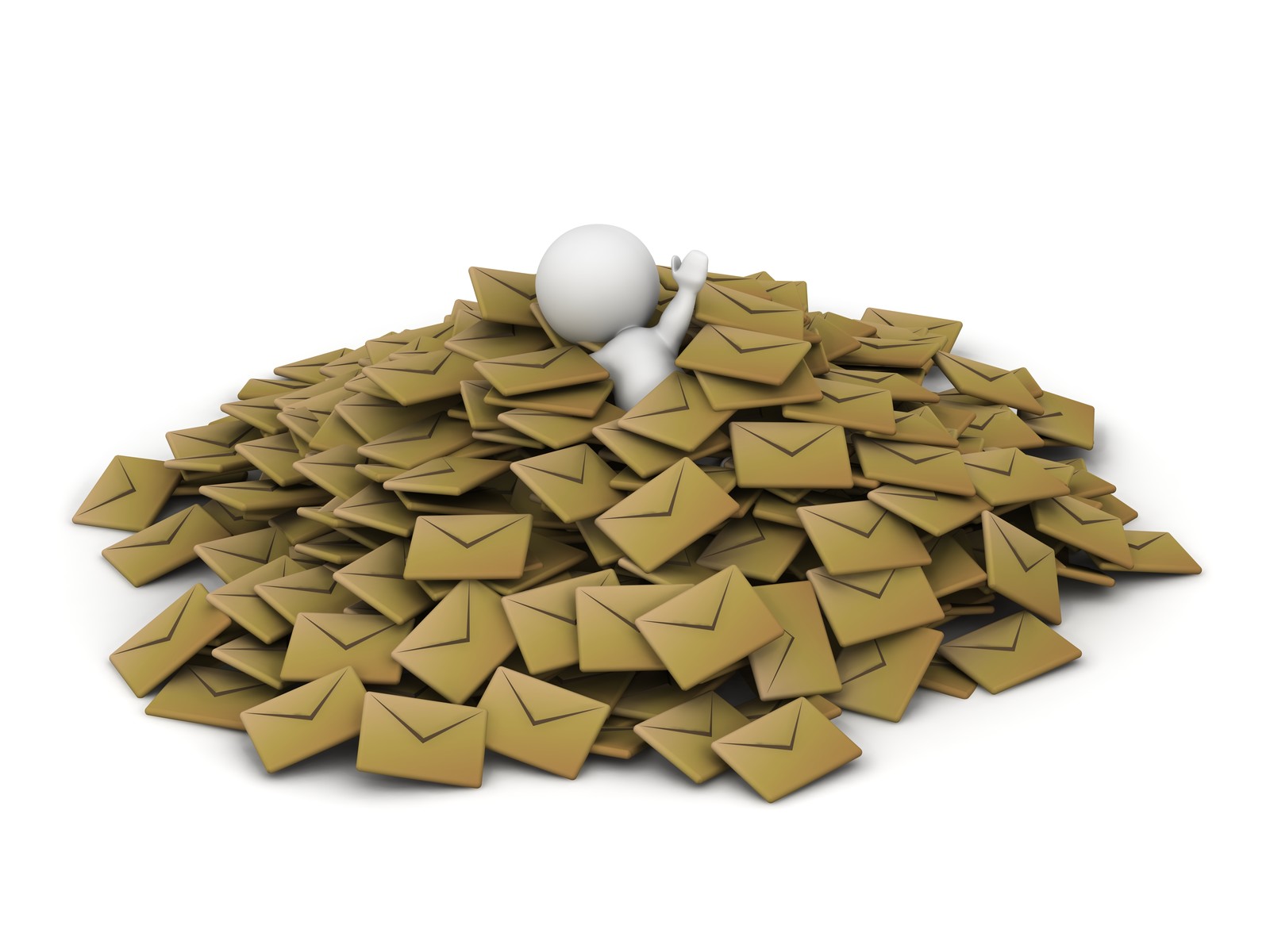
To bring it closer to home, consider how many emails you receive daily.
Now think of the ones you actually open before deleting them.
Know why you decided to open those messages?
They got your attention!
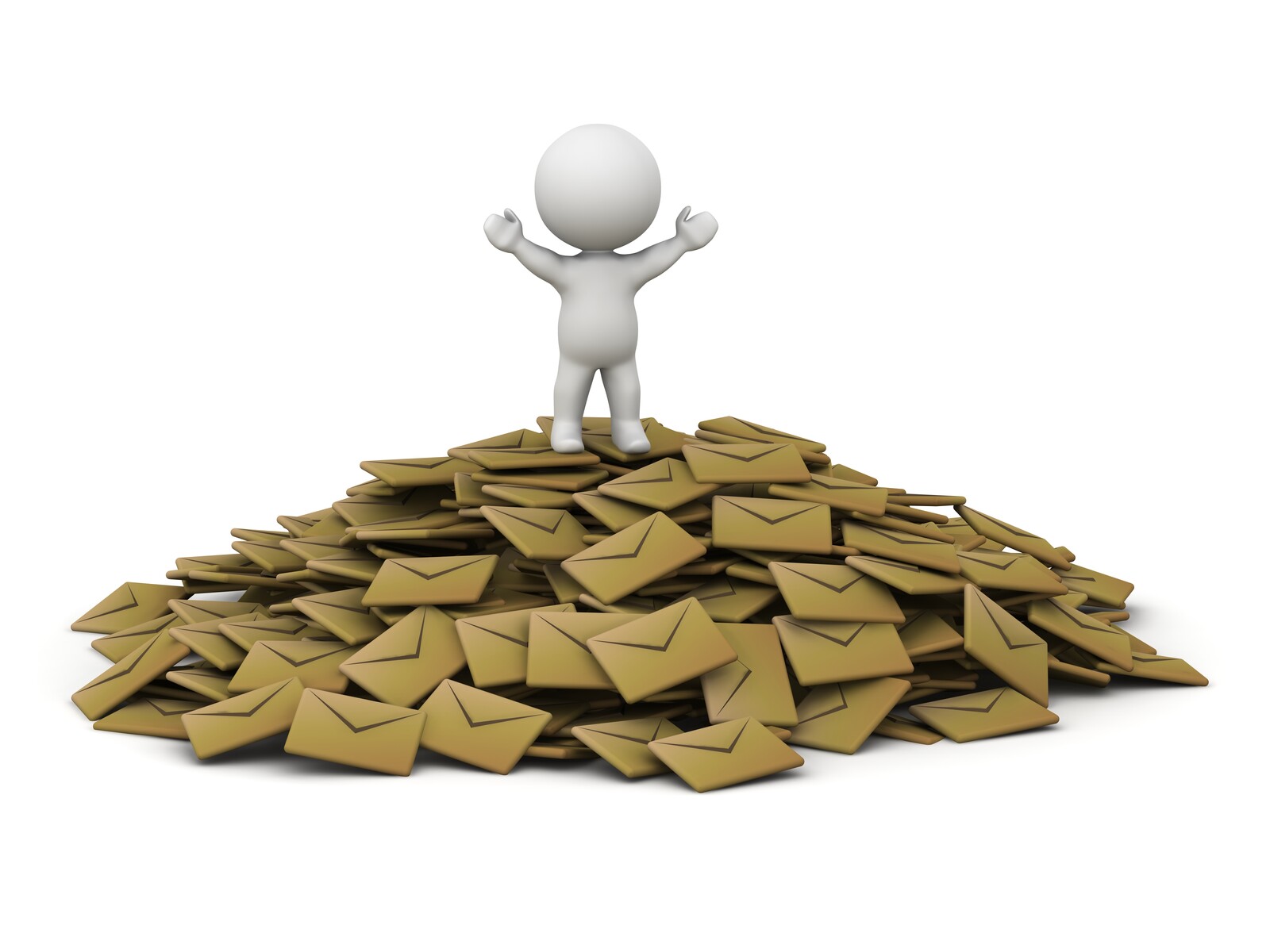
First Impressions Are Everything
People can – and do – judge an email by its cover. (Or at least by its headline.)
The importance of compelling email subject lines is widely understood. It’s the first thing your reader sees. If the headline fails to tempt the reader into opening the email, then nothing else you said matters.
Because it won’t be read.
So when you are ready to write some of the most important words of your entire email campaign, there are several best practices to keep in mind:

Headlines work best when they are
Concise. Between 28-39 characters is ideal
Targeted. Headlines should reflect the email’s overall message. Readers can feel deceived if the headline promises one thing but the email delivers another. (Don’t forget the preview text. You can capture attention with the headline but lose them with the first 100 or so characters if the message falls apart)
Compelling. People generally decide right away if they are going to open an email. If you want them to take a moment out of their day to read yours, you need to give them a reason
Relevant. If your readers have opted in, then it’s because they want more information related to your products/services. Your emails – and therefore email headlines – should reflect that interest.
Personal. People respond best when a communication speaks to them. Whenever possible, use segmented mailing lists to vary your headlines according to your readers’ needs/preferences and take advantage of personalization features on your delivery platforms.
Does the Purpose Match the Headline?
Just as you did when deciding to create your message, it’s important to keep the goal of the communication top of mind when developing a headline.
Remember – even if it gets them to open it, people get annoyed if the headline promises one thing and the content delivers another.
Yes, this is definitely an exercise where you want to let your creative juices flow. But with a purpose – to entice your customers to open, read, and relate to your message in order to strengthen your relationship with them. As with everything you put out there in your company’s name, what you convey matters.
Get Inspired!
Scroll through the slide show below for 6 Common Headline categories
Want additional help? Try these online resources
HOW do you measure success?
Marketing should be an investment, not an expense. Even with a marketing effort as cost-effective as an email campaign, 100% of the resources you put into it are wasted if it fails to have an impact.
Bootstrap your efforts to measure your marketing’s success using these 5 corporate-level best practices!
Document clear strategic goals. If you want to measure your return on investment (ROI), goals need to be measurable. But remember, marketing goals can legitimately be either
Dual Dimensions of Marketing ROI
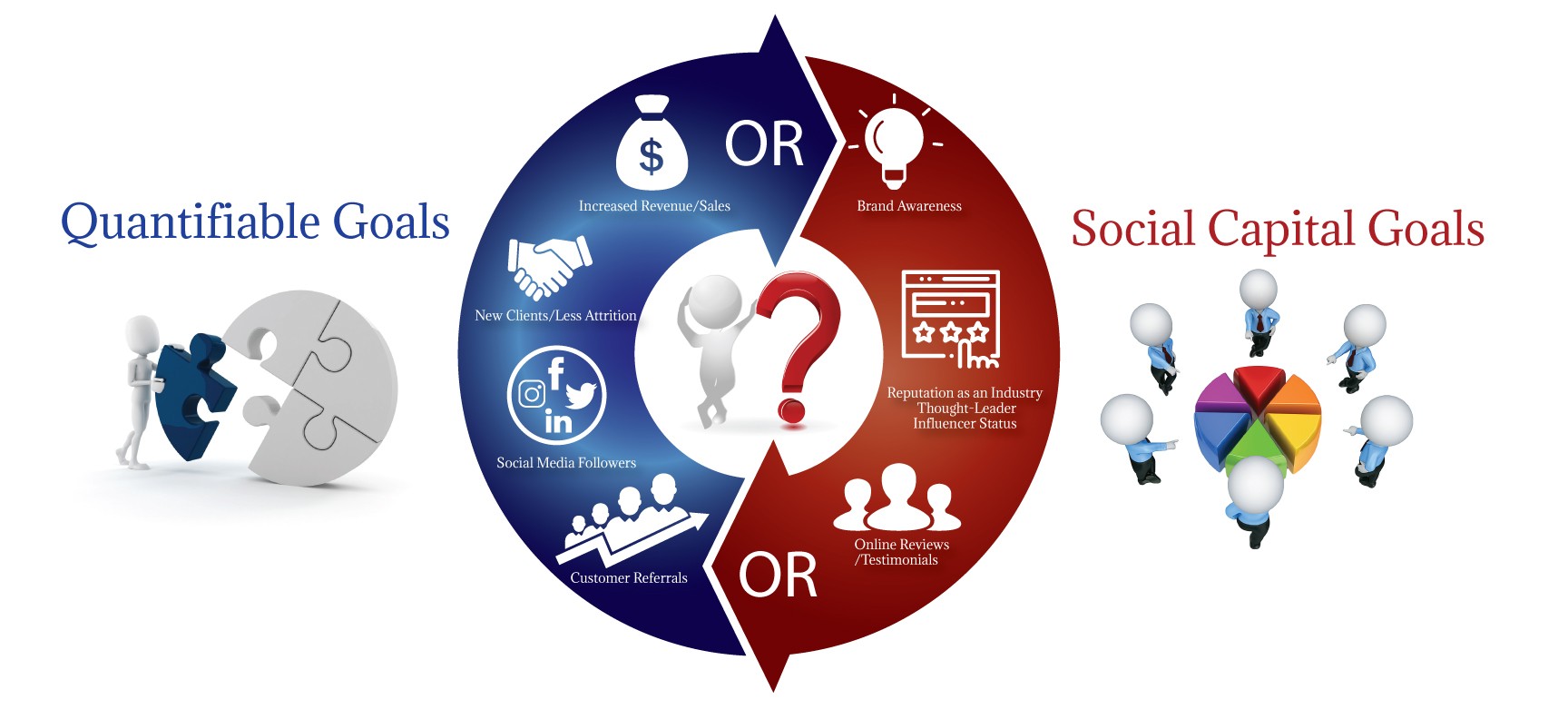
Establish a marketing budget. Even when you factor in the value of social capital gains, the underlying purpose of marketing is to increase revenue. Content marketing strategies like email campaigns are relatively affordable, long-range efforts to forge a connection with your clients. But you still need to eventually make more money than you spent. Setting and maintaining a budget is the only way to know if you have realized any return on your investment.
Keeping in mind that your time and expertise have value as well, your return on investment (ROI) can be calculated as:
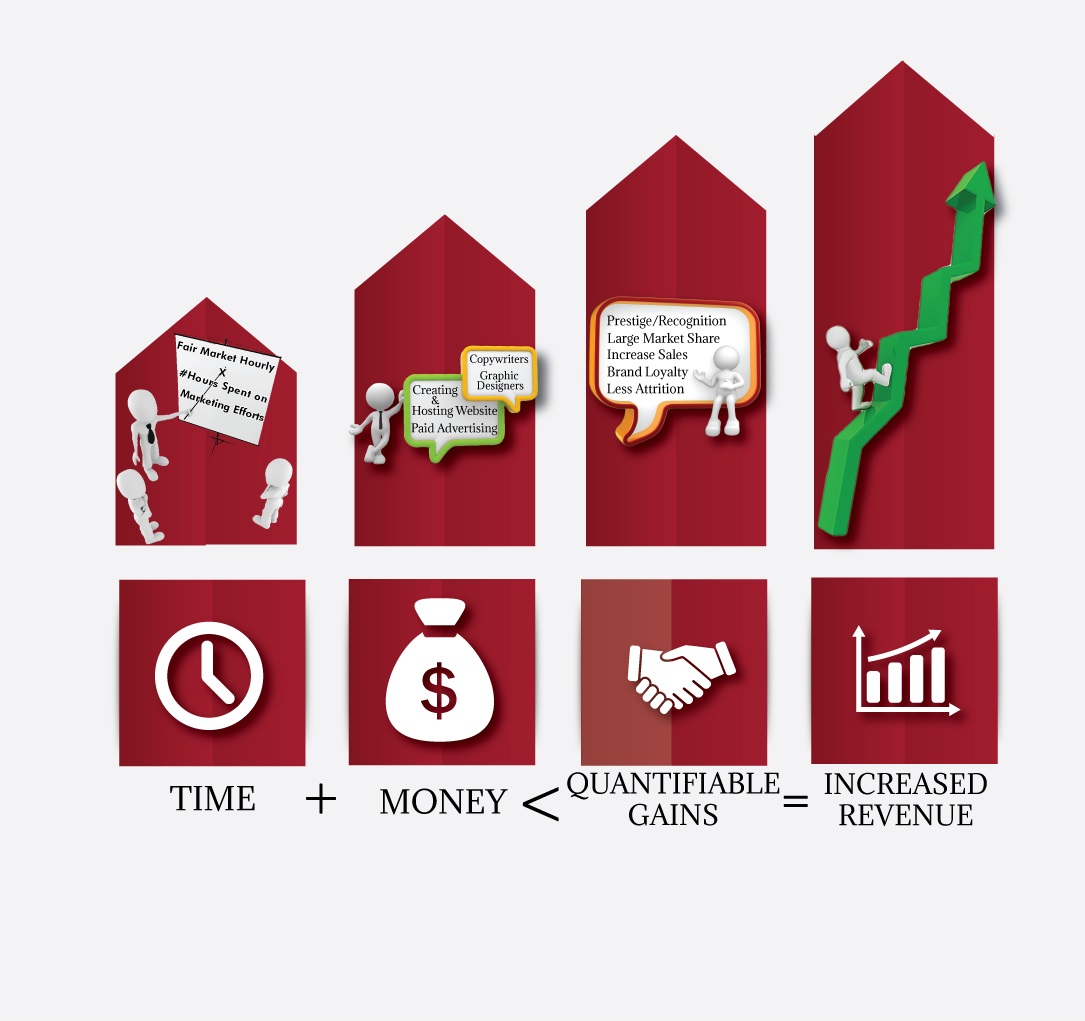
Identify methods to measure success. This is not the same thing as monitoring the readership and open rates data provided by most email hosting platforms. Those reports provide valuable monitoring tools to help you develop and run a successful email campaign.
But unless you get paid just because someone reads your email, the do not measure your marketings’ success!
The goal you want to measure for ROI is how effectively you influenced your customers to understand, feel or do whatever you defined as the goal for your email campaign (WHAT do you want to say?)
Begin with the end in mind
You need to establish your marketing goal upfront to successfully track it. Because the measurements may need to be built into the process.
For example, if More Customers is your goal, the math is pretty simple, right?
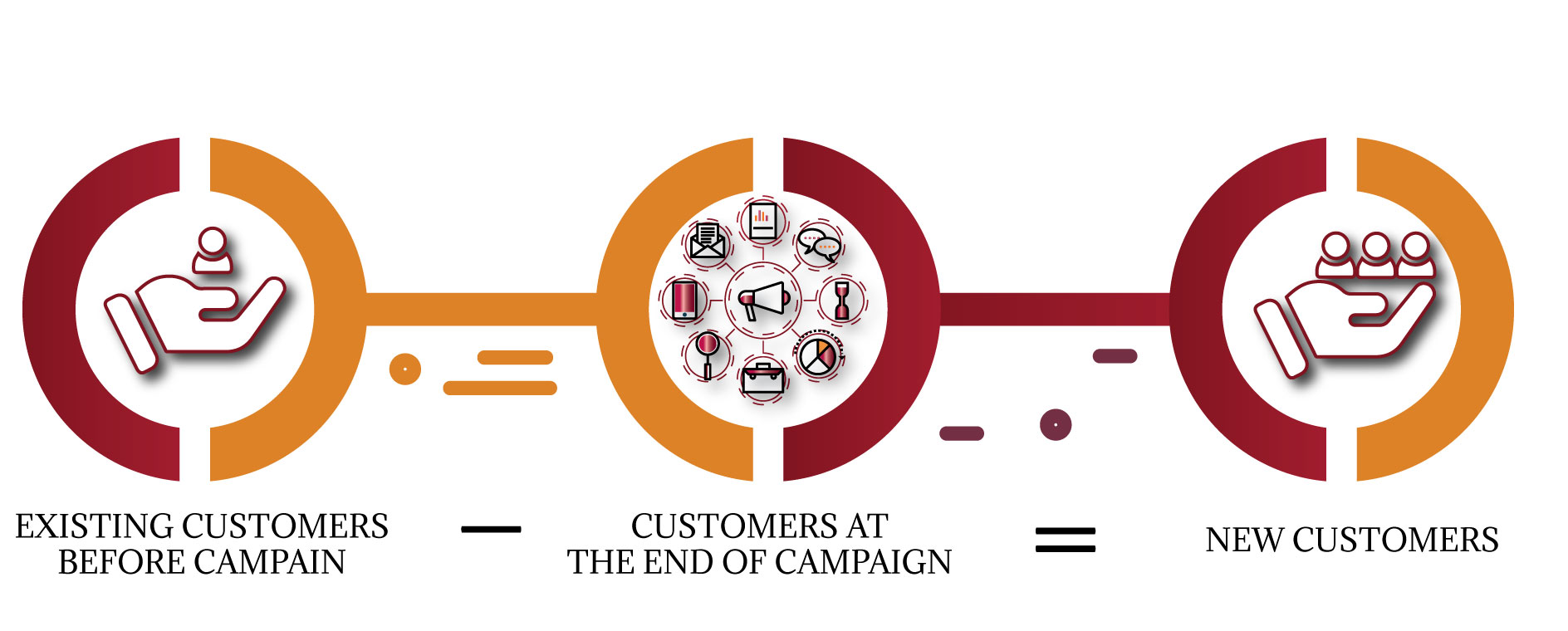
But that calculation is only possible if you remember to:
- Document the number of existing customers before you begin the campaign
- Provide an indicator so new customers can specify how they heard about yo
before you roll out the campaign.
In this example, remembering two little steps when beginning the campaign would make a big difference when it’s time to decide if your efforts generated enough new business to make them worth it.
Create a focus group to help determine your content. Focus groups are used to discover the general likes, dislikes, needs and opinions of a target audience. There is an entire field of study dedicated to various methods to obtain this feedback and detailed analysis of the result. If you want, you may be able to find generic results online for your customer base.
But focus groups are basically an exercise to ask a relevant sampling of people what they want, feel, think and expect.
You can conduct this same basic exercise. Using surveys, polls, meetings/conference calls or whatever method is most effective, ask yourself, members of your target audience, and people you trust:
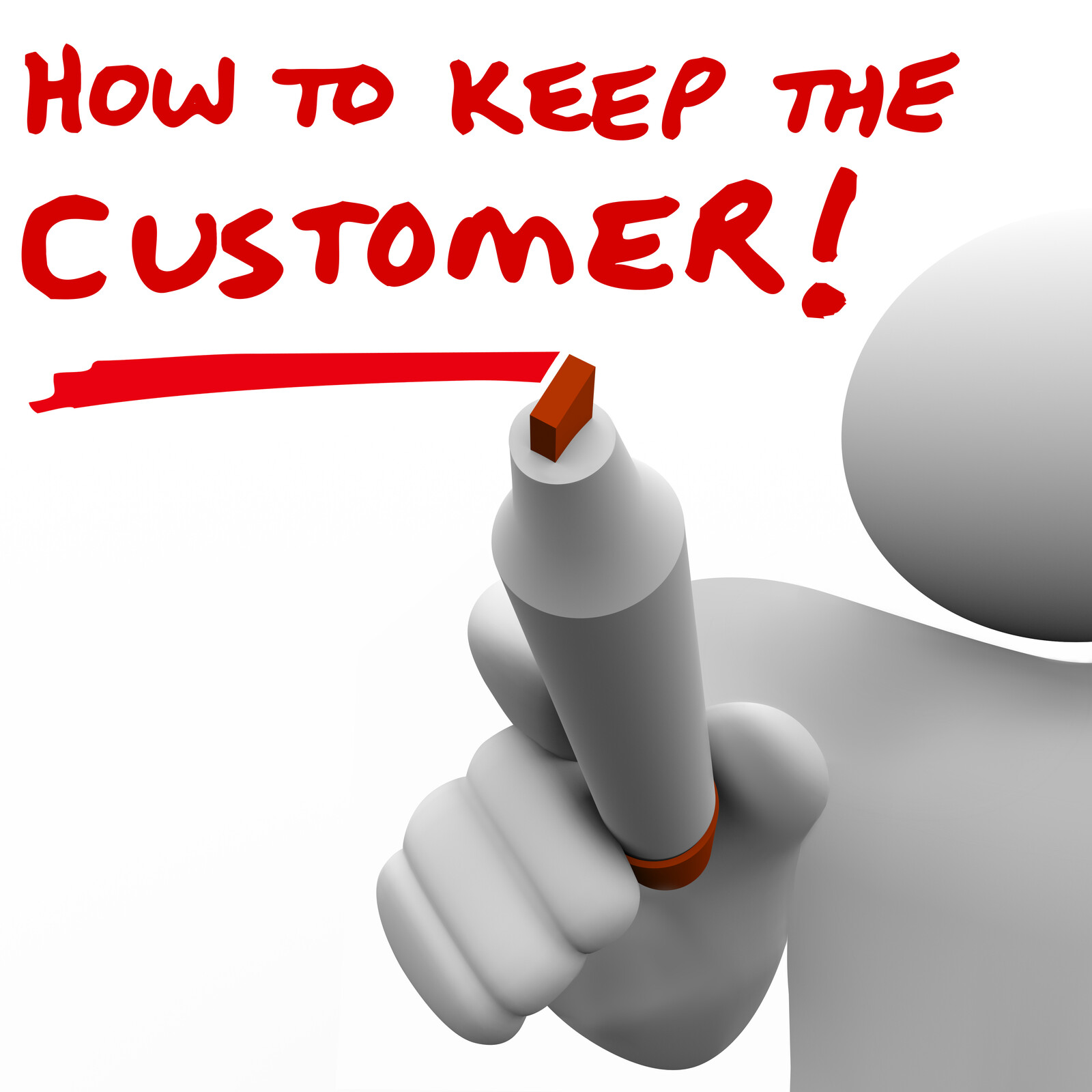
- How many email lists they currently receive
- What made them sign up?
- What makes them stay engaged?
- What causes them to unsubscribe?
- How do they decide which messages to read?
- How have the messages impacted their opinion/awareness of the company?
- How do the emails directly inspire buying decisions?
Rememer, you want your participants to feel like valued experts. Not unpaid laborers.
Keep verbal interactions light and free flowing. Encourage conversation and brian storming over a lot of scripted, boring or uncomfortable questions.
Limit the number of written questions. Polls or surveys should ask no more questions than absolutely necessary. Take the time to document for yourself the exact intent for the data. Use that intent to help develop concise, relevant questions.
Respect people’s time. No one wants to spend excessive amounts of item answering pointless or irrelevant questions. But many will consent to answer a few well-placed questions imbedded in to sign up, check-out or customer service forms.
Don’t be defensive. In order for this exercise to be effective, participants have to give honest feedback. It isn’t uncommon to have a neutral party moderate these discussions.
Thank your participants. Focus groups provide a service, and a show of appreciating can increase participation. Providing refreshments, special discounts or incentives, public recognition and a sincere thank you are all acceptable ways to show your appreciation.
Analyze your brand. Tap into what you know about your company and ideal customers to do a quick analysis of your company brand. This can help you develop content that aligns with your marketing goals.
You want your messages read and for your readers to act. So it’s important that your content:
- is well-written, relevant and adds value for the reader
- contains a clear, concise call to action, and
- provides a consistent, targeted and favorable image for your company.
To analyze your brand, consider:
- Your value propositions to determine what problems you solve or opportunities you offer
- Your competitors’ business models, and what you offer that they do not
- Testimonials to determine reasons why your customers choose to work with you
- Customer data to determine who your target audience is and when/how to reach them
- Your company’s unique ‘story’ and how your customers would relate to your vision/journey

Start with a Strategy
Strategic Marketing Services
The goal of marketing is to help you become a company your customers, know, likes and trusts.
A Strategic Marketing Plan provides the kind of professional Client Brief major corporations develop to guide their marketing efforts.
Achieve Corporate-level marketing at Start-up level prices.
Even without a Marketing team or big advertising budgets, you can create more effective, targeted marketing materials. All it takes is a reasonable investment, a few hours of your time, and your knowledge of your company and customer base.
Marketing should be an investment, not an expense.
When you are ready for an ROI on your marketing efforts
Contact Me for a free consultation.
Tell Me About Your Business!
People prefer to do business with those they know, like and trust.
Marketing is meant to help you establish that kind of connection with your customers.
It can be complex, but it need not be complicated. You possess all the information required to create effective, strategic marketing campaigns.
Let me show you how!
